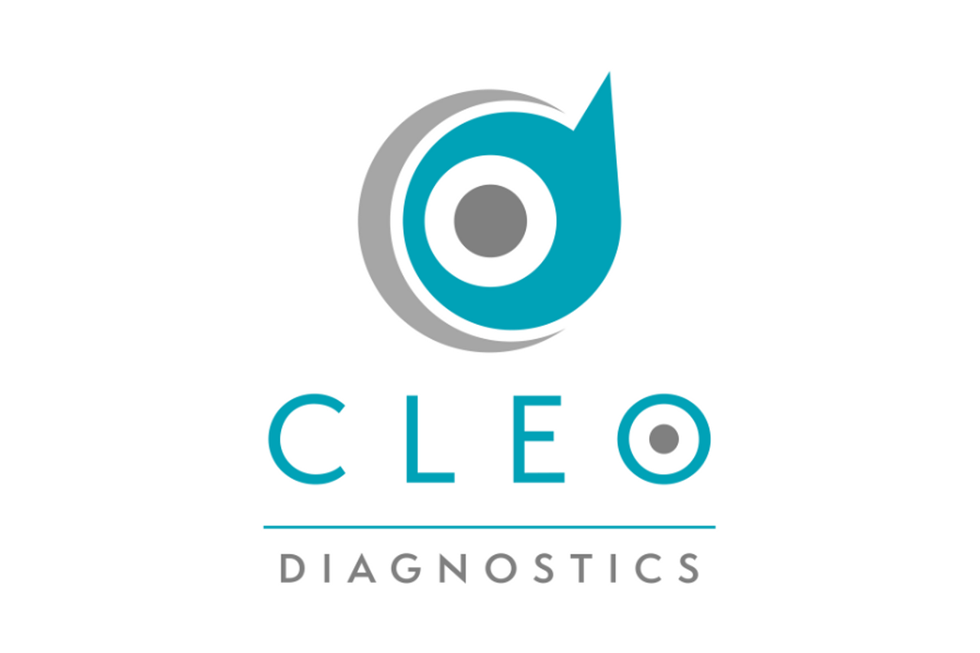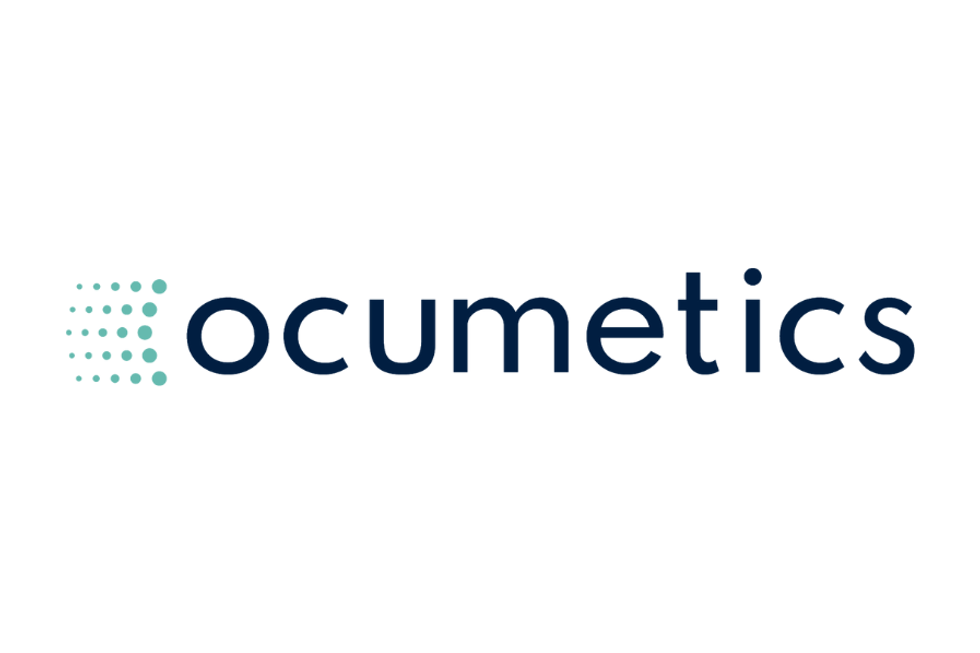
From cybersecurity to bioelectronics, medical device topics are garnering increased media coverage.
Biotech suffered big losses in 2016, while pharma was taken to task for price-gouging. With these stories dominating the news, it may seem like medical device manufacturers had a quiet year. But in fact, 2016 saw them make major headlines. From cybersecurity to bioelectronics, medical device topics are garnering increased media coverage.
That’s because medical devices—formerly a last resort treatment—have the potential to revolutionize medicine. Collaborative care and mHealth movements are proving that medical device manufacturers aren’t just part of the future—they’re helping to drive it.
With that in mind, we’re counting down the top medical device news stories from 2016. After all, it’s hard to know where you’re going without first knowing where you’ve been.
St. Jude Medical takes on Muddy Waters
Can medical devices be hacked? That was a hot question this year—and according to short seller Muddy Waters, the answer is a resounding yes. They published a report in August 2016 alleging that St. Jude Medical’s (NYSE:STJ) cardiac devices are vulnerable to cyber attack.
“There is a strong possibility that close to half of STJ’s revenue is about to disappear for approximately two years,” the report claims, suggesting that St. Jude’s pacemakers, ICDs and CRTs should immediately be recalled. Those medical devices accounted for 46 percent of the company’s sales in 2015.
So began a vicious battle, with St. Jude refuting the allegations and blasting Muddy Waters for not following the usual channels for reporting security vulnerabilities. The medical device manufacturer filed a lawsuit in September 2016, claiming that Muddy Waters disseminated false information in order to lower the company’s stock price.
Indeed, St. Jude saw its stock fall four percent immediately following the report’s release.
But Muddy Waters is standing firm. The short seller reiterated its allegations in November 2016, releasing a series of videos that seem to show the reported cyber vulnerabilities.
“Patients, physicians and caregivers deserve better than the irresponsible release of information that is intended for financial gain and is unnecessarily frightening,” St. Jude said in response, condemning the “unverified videos” and continuing to deny the allegations.
Keep an eye on this story in 2017. The legal battle to come is sure to get heated, given the already acrimonious state of affairs.
Johnson & Johnson becomes the first medical device manufacturer to warn of hacking
Continuing the conversation around medical device hacking, Johnson & Johnson (NYSE:JNJ) warned customers of a potential vulnerability with its Animas OneTouch insulin pump in October 2016. The risk was minimal, Johnson & Johnson noted, but hackers could theoretically tamper with unencrypted communications between the wireless remote and pump in order to trigger an insulin overdose.
The story forms a stark parallel to the case of St. Jude Medical. The latter saw its stock drop majorly with mere allegations of security vulnerabilities. Johnson & Johnson, by contrast, admitted to security vulnerabilities—and yet their share price stayed fairly stable.
Of course, the vulnerability was only in one medical device, as opposed to a whole line of products. But the difference in investor response may also have something to do with how each issue came to light.
While Muddy Waters broadcast their allegations about St. Jude, catching the medical device manufacturer off guard, it was Johnson & Johnson who informed the public of the vulnerability with its own medical device.
After verifying the vulnerabilities, first discovered by Rapid7’s Jay Radcliffe, and consulting with the FDA, Johnson & Johnson sent a letter to patients explaining the security issue and how it could be resolved. In so doing, they became the first medical device manufacturer ever to warn customers about a hacking threat.
New regulations for medical devices
In January 2016, the FDA formulated and released guidelines for medical manufacturers on how to manage cybersecurity. The report recommends companies treat this an ongoing process, keeping it top of mind through every stage of the product life cycle, from design and development to deployment and maintenance.
That suggests the regulatory agency sees this as a hot issue going forward—one investors should expect to hear more about in 2017.
The FDA also revisited its approval process for medical devices in 2016. The resulting report outlined a series of priorities, from a focus on big data to new considerations for clinical trials. Generally speaking, the FDA wants to streamline the approval process—but it won’t happen overnight.
Moving into 2017, the regulatory agency recommends medical device manufacturers utilize a wider data set by investing in analytics and infrastructure. The FDA also suggests employing more computational modeling, which will simulate how a medical device may behave under certain circumstances.
Last but not least in major regulatory news: changes to the Digital Millennium Copyright Act now allow white hat hackers to test the cybersecurity of connected medical devices, without fear of legal repercussions.
The ruling was decided in 2015, but only came into effect near the end of 2016. That means more cybersecurity reports may arise in the future, as conscientious hackers test the vulnerabilities of products already on the market.
Bioelectronics gain traction
GlaxoSmithKline (NYSE:GSK, LON:GSK) has long been a leader in the bioelectronic space. This year, they furthered that commitment with the launch of Galvani, a new company co-owned with Verily. Both GlaxoSmithKline and Verily are banking on bioelectronics—miniature implants that modulate nerves—as being the next big thing in treating chronic disease. As such, they’ve invested $715 million into Galvani.
Company President Kris Famm noted at FierceBiotech’s 2016 Executive Summit that Galvani expects to share clinical trial data within three years … and those results may revolutionize medicine. Today, medical devices are seen as a last resort, the final and least desirable treatment option.
Bioelectronics, by contrast, could become an “early line treatment.”
A look at these stories reveals a few general patterns. Clearly, cybersecurity is a hot button issue, one that will only become more pressing in the years ahead. But it’s become so critical, in part, because of the advancements medical devices have made. These connected, high tech products are not your mother’s pacemaker.
As a result of those rapid changes, medical devices are revolutionizing healthcare. But as they become a preferred treatment option, their manufacturers must face a whole host of new concerns.
Don’t forget to follow us @INN_LifeScience for real-time news updates.
Securities Disclosure: I, Chelsea Pratt, hold no direct investment interest in any company mentioned in this article.





